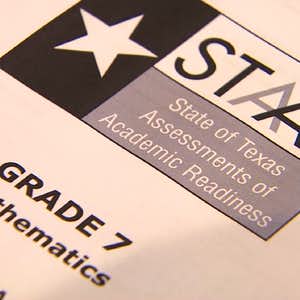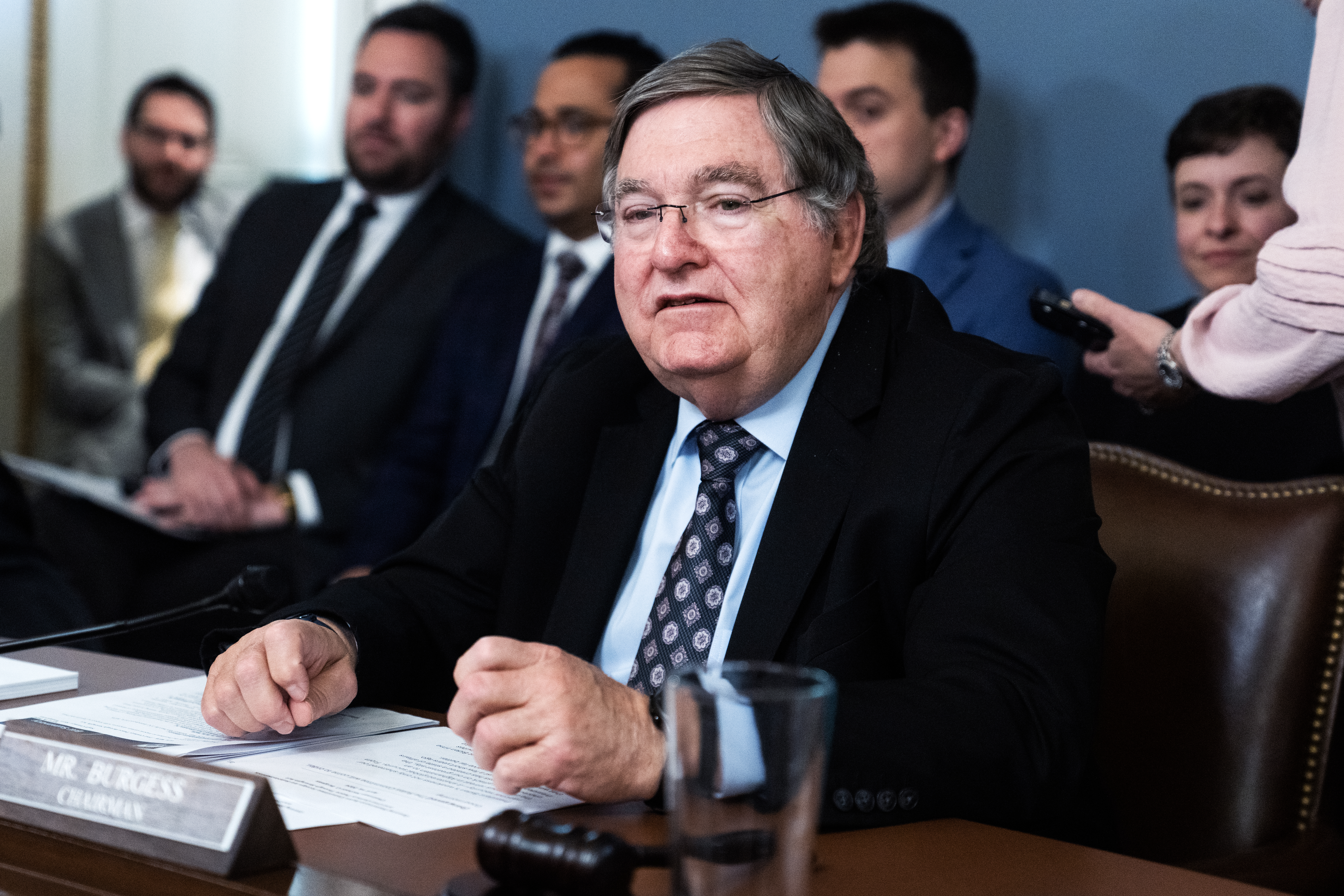In December 2010, Texas weather and wildfire experts gathered in College Station to plan for what they feared would be a very active wildfire season ahead.
It was, and over the next year, Texans watched as wildfires torched thousands of homes and a total of about 6,200 square miles of land in the state.
There hasn't been a need for such a meeting since then, and forecasters say this year's wildfire season isn't likely to be anywhere near as severe as the 2011 season. One weather official pegged the odds of a repeat this year at 50-1.
Parts of West Texas remain in one of the three driest stages of drought, which put them at high risk of wildfire. Substantial rain in some of those areas late last summer allowed grass and brush to grow, and this winter's freezing temperatures helped dry that vegetation, making it ripe for ignition.
"We expect to have some fires because we have some fuel out there," said Tom Spencer, head of the Texas A&M Forest Service's predictive services division. "The overall environment is favorable to less active as opposed to more active."
The risk is greatest west of a line extending southwest from Wichita Falls to Del Rio.
Texas' spring wildfire season typically runs from February through April, with the risk highest toward the end of that period.
Local
The latest news from around North Texas.
The forest service monitors conditions around the state on a daily basis. Fire warnings come when there's been little to no rain or precipitation for a week or longer and when fronts with low humidity move in.
The recent precipitation throughout the state has kept a lid on the wildfire potential, especially between Abilene and Childress, which had been mostly dry through January. But it's too soon to say the risk has been lowered by the moisture.
"It could definitely dry in time to still be a concern," Spencer said in an email. "Every precipitation event we get helps to lower the potential, but we will need more to get through the next two months."
Texas received only slightly less than its average annual rainfall in each of the past two years, so there has been enough moisture for vegetation to grow. However, this year's fuel load isn't spread is not as broadly as in 2011, which followed two years of above normal rainfall.
"That's why we're not overly concerned as we were in 2010," said Todd Lindley, a meteorologist with the National Weather Service in Amarillo.
For years, suppressing wildfires when they started was the most accepted strategy. After the 2011 fire season, though, the focus shifted to reducing fuels before fires begin.
That led to the formation of the nonprofit Prescribed Burn Alliance of Texas in December 2011, which aims to educate, train and practice safe prescribed burns.
"It's something that needs to be done on a regular basis because Mother Nature will build (fuels) again each spring," said the group's president, Larry Joe Doherty. "We have got to get better at explaining the problem, and the need and the role of prescribed burning."
Weather forecasters say the Pacific Ocean water temperature responsible for determining whether Texas is dry (La Nina) or wet (El Nino) is currently neutral. Even so, West Texas is forecast to have a greater chance of below normal precipitation through February.
It was La Nina conditions that formed in the fall of 2010 that raised concerns about an intense wildfire season in 2011. In July 2010, right in the middle of growing season, Texas was deluged by the remnants of Hurricane Alex -- some places got as much as 10 inches of rain in one day. Those areas hit by heavy rains ended up mirroring those hardest hit by fire the following year.
"We're not anything like that, anything close to that," Spencer of the forest service said about conditions that led to the worst wildfire season ever in Texas.



